Painkiller Review

For two decades, the Painkiller series has represented everything glorious about unrestrained first-person shooters: fast movement, over-the-top weapons, and hordes of demons to mow down in a storm of bullets and blood. Now, developer Saber Interactive has resurrected this cult classic for the modern era. The result is a game that doesn’t just revisit the chaos of the original but refines it with co-op multiplayer, character progression, and deep customization systems that elevate its hellish gameplay to new heights.
This modern Painkiller feels like the perfect fusion of DOOM’s kinetic combat and Back 4 Blood’s team-based chaos. It is a fiery cocktail of old-school brutality and modern design. Every gunshot, explosion, and demonic roar hits with purpose. And while the campaign is shorter than some might prefer, it burns bright enough to remind players exactly why Painkiller’s name still carries weight after all these years.
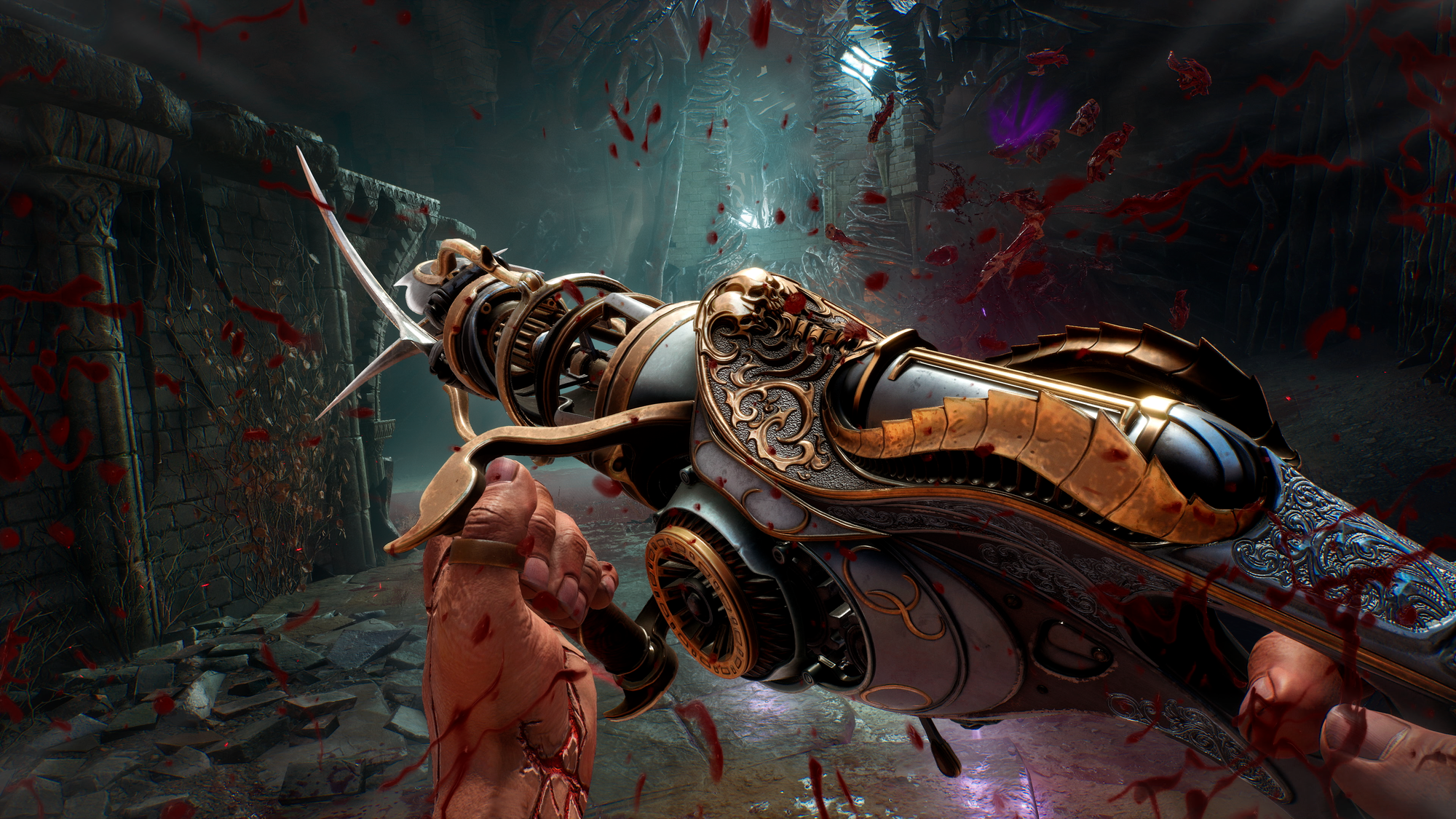
Welcome to Purgatory
The story begins with a simple but effective premise. You are one of the Champions of Purgatory, condemned for your sins and given a single, divine chance at redemption. The Voice of the Creator has tasked you with stopping the fallen angel Azazel, who plans to unleash his demonic legions upon Earth. To do so, you must carve a bloody path through the children of Azazel, the monstrous Nephilim and the hordes that serve them.
It is a familiar setup, but Painkiller’s storytelling knows exactly what kind of experience it wants to deliver. The focus isn’t on dialogue or cinematic drama. It’s on the thrill of the fight. Each level throws you headfirst into a new biome, from gothic cathedrals and corrupted ruins to molten wastelands and frozen tombs. These environments, rich in detail and atmosphere, form the perfect backdrop for the carnage that follows.
The presentation is gorgeous in that dark, infernal way only Painkiller can pull off. Flames flicker against cathedral walls, fog rolls across shattered graveyards, and grotesque demons emerge from the shadows in swarms. It is visually arresting and deeply atmospheric, amplified by a thunderous soundtrack that feels ripped from the depths of a heavy-metal album.

Fast, Furious, and Unrelenting
Combat remains Painkiller’s lifeblood, and it is faster and more responsive than ever before. Movement is fluid, weapons hit hard, and every fight feels like a battle against the gates of Hell themselves. You can dash, jump, and grapple across arenas with precision, using the environment as your weapon as much as your guns.
This time, Painkiller embraces a true co-op identity. Up to three players can fight side-by-side online, bringing unique skills to the battlefield. The sense of camaraderie and chaos is exhilarating. When the demon hordes close in, communication and coordination become key. The multiplayer dynamic transforms Painkiller from a single-player gauntlet into a full-blown cooperative raid shooter.
The game’s Raid Mode serves as the central campaign, spanning nine levels divided across three biomes. Each section ends in a massive boss encounter, testing your team’s mastery of weapons, abilities, and reflexes. For players seeking even more of a challenge, the Rogue Angel Mode offers a roguelike alternative. In this mode, you face seven randomized arenas with no carry-over progress, relying purely on skill and instinct to survive. It is punishing, unpredictable, and perfect for veterans craving endless replayability.
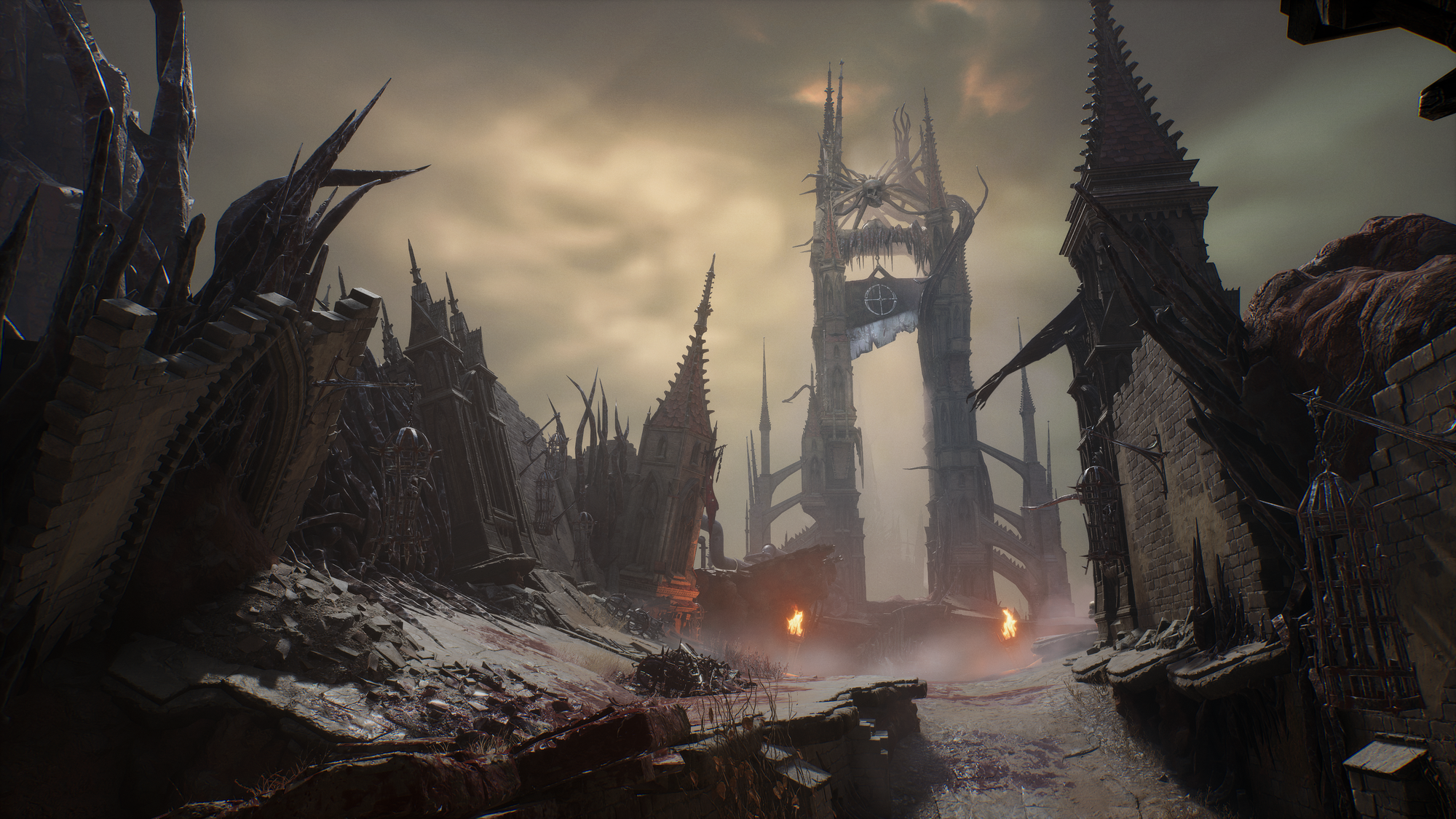
Weapons of Divine Destruction
Few shooters have ever matched Painkiller’s flair for weapon design, and this reboot carries that tradition forward with flair and innovation. Every weapon feels distinct and deadly, enhanced by modern mechanics and satisfying alt-fire modes.
The Hand Cannon serves as a powerhouse for long-range engagements, with secondary modes like Voltweaver, a sticky electrocuting device, and Devil’s Gaze, which fires incendiary bullets that explode on impact. The Stake Gun, a series staple, still allows players to impale enemies to walls, while its alternate grenades and gravity snares add a brutal twist.
Close-range enthusiasts will fall in love with the Shotgun, capable of delivering freezing blasts or kinetic shockwaves depending on your loadout. The Electro Driver and Rocket Launcher provide explosive energy weapons, while the SMG offers precision, speed, and devastating elemental upgrades like continuous electric beams or piercing ice bullets.
And, of course, the series’ signature melee weapon returns. The Painkiller, with its spinning blades and grappling abilities, remains one of the most satisfying tools of destruction in gaming. It not only carves through enemies with ease but also doubles as a traversal tool, allowing players to hook onto flying skulls and swing through arenas like an infernal acrobat.
Weapons can be upgraded through Weapon Masteries, offering interchangeable attachments and elemental effects that complement different playstyles. The result is a combat system that rewards experimentation while maintaining the relentless pace fans expect.
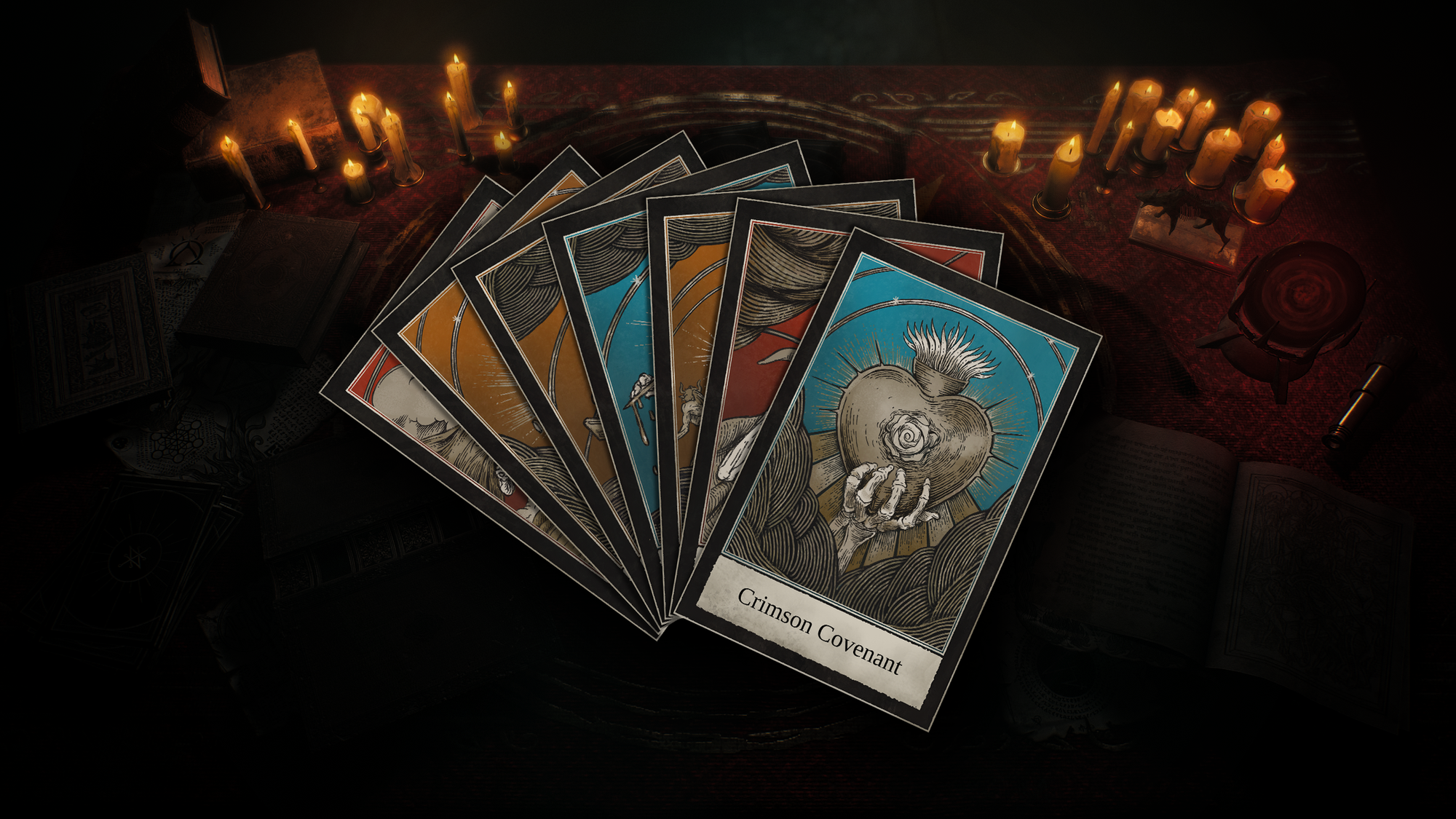
Heroes of Redemption
Painkiller gives players four playable heroes, each with distinct personalities and passive abilities that meaningfully affect gameplay.
Ink, the Bringer of Laws, enhances energy and soul restoration. Roch, the Shield of Heaven, increases health and durability, making him a natural frontline fighter. Void, the Starseeker, boosts weapon damage for those who crave pure offense. And Sol, the Herald of Plenty, raises ammunition capacity for players who refuse to take their finger off the trigger.
Each hero’s unique attributes make co-op play dynamic and layered. Teams that balance these strengths can create devastating synergies, combining raw firepower with tactical support.
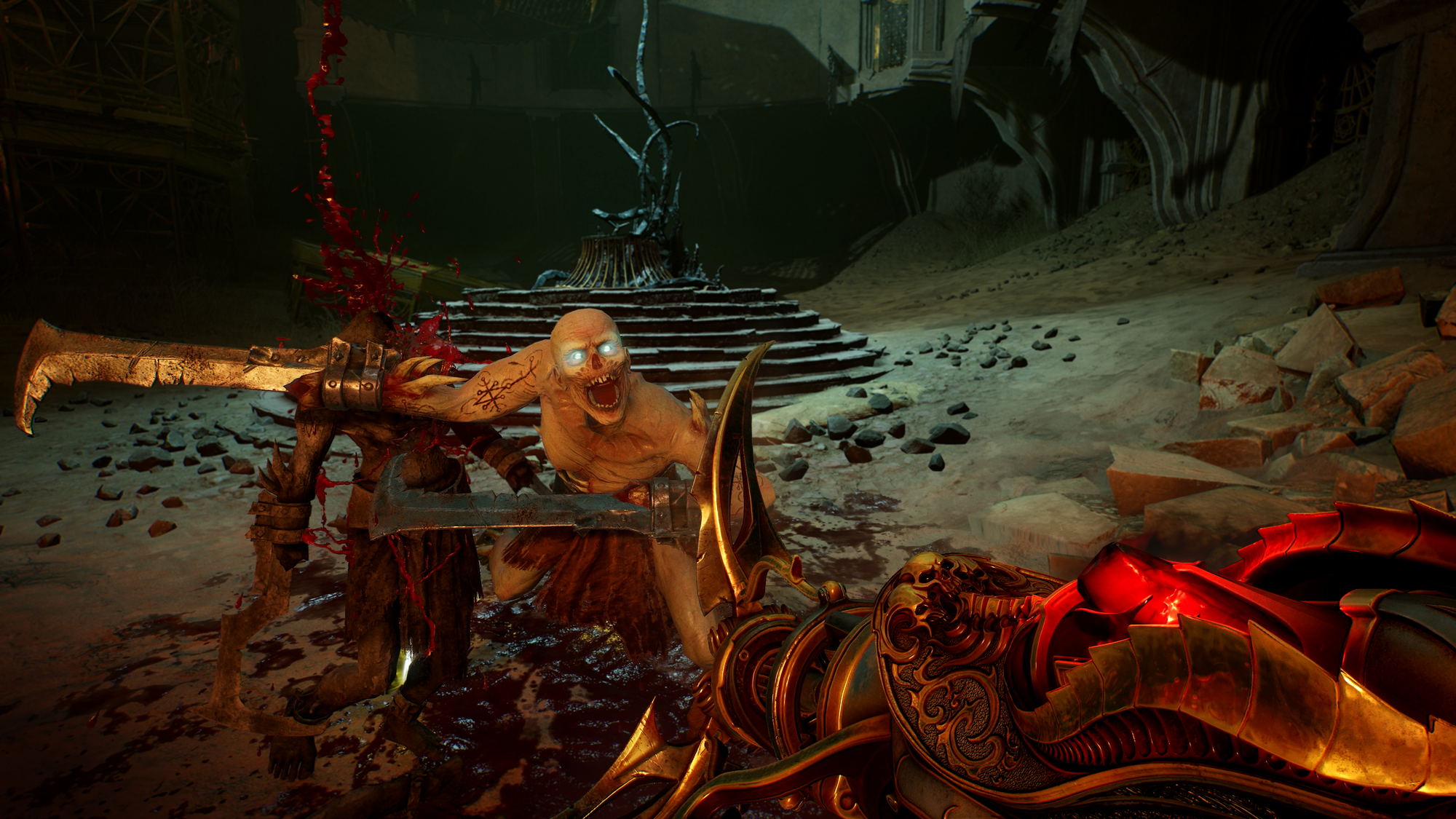
Tarot Cards and Progression
A major addition to this modern Painkiller is the introduction of a deep metagame built around Tarot Cards. Over 40 unique abilities and weapon modifiers are divided into offensive, defensive, and utility categories. Players can collect and customize these cards to enhance their powers, experiment with new builds, and fine-tune their approach to combat.
Progression feels rewarding and purposeful. Completing raids and challenges grants two key currencies: Gold, which can be found in levels, and Ancient Souls, earned by finishing missions. These resources can be used to unlock new weapons, upgrades, Tarot Cards, and character skins. The Tarot Lottery system adds an extra layer of excitement, giving players a chance to draw new cards with unpredictable results.
The combination of these systems gives Painkiller a sense of longevity that the original lacked. Instead of simply replaying levels for high scores, players now have long-term goals to chase and build to perfection.
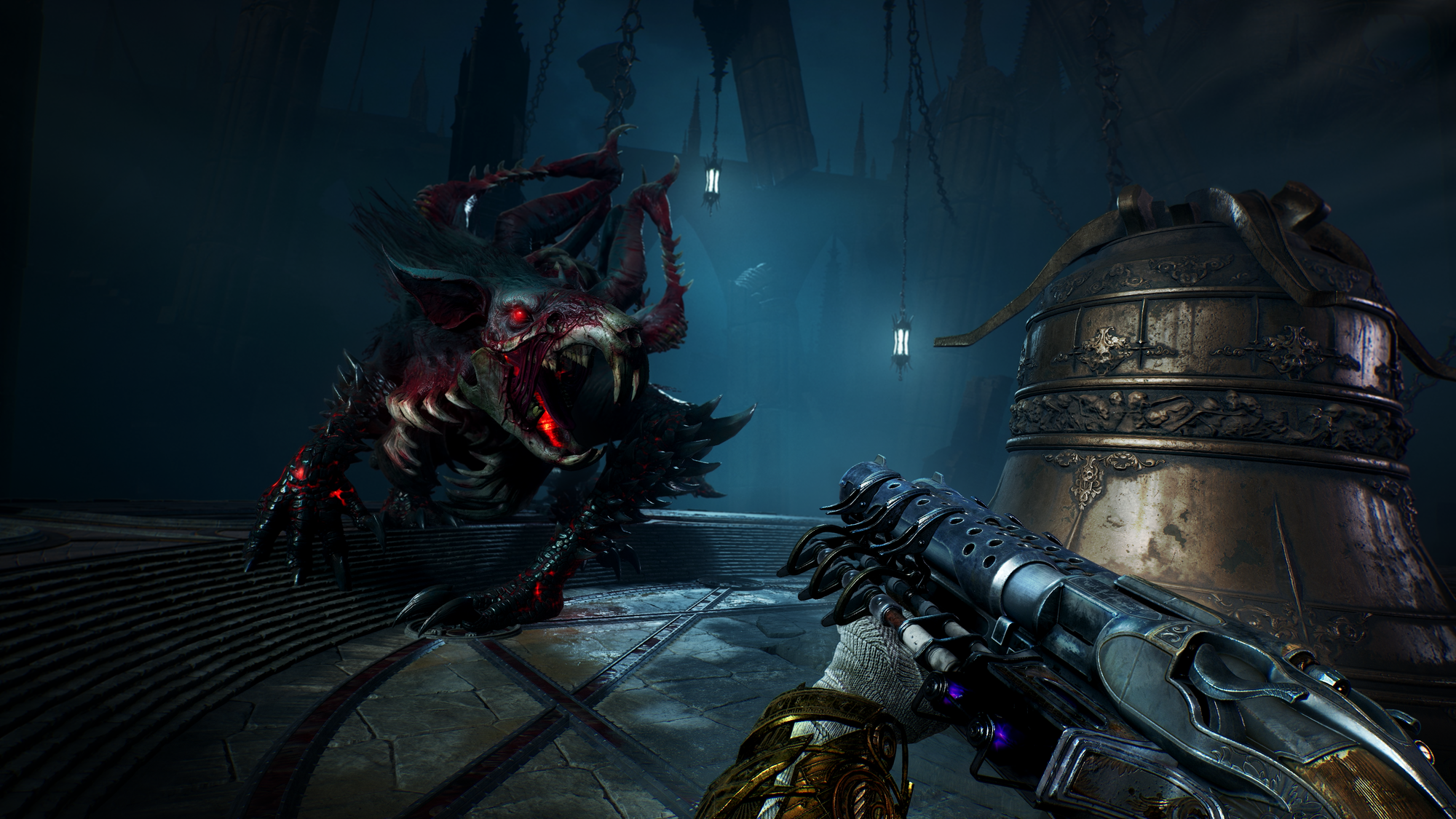
Performance and Atmosphere
Technically, Painkiller runs smoothly and looks stunning. The environments are filled with detail, from burning cathedrals to frozen crypts, and the physics-based destruction is immensely satisfying. Audio design is equally powerful. Every shotgun blast, metallic clang, and demonic scream resonates with clarity.
The music is nothing short of electrifying. The heavy-metal soundtrack keeps your adrenaline high, driving the rhythm of combat like a demonic heartbeat. The atmosphere is unrelenting, the tone consistent, and the presentation impeccable.
However, the game’s short length means it reaches its conclusion sooner than expected. While its replayability through co-op and roguelike modes helps, players may wish for more missions and variety to extend its lifespan.

Final Verdict
Painkiller is a triumphant revival of a franchise that defined pure, kinetic action. It successfully captures the intensity of its predecessors while enhancing it with co-op gameplay, robust progression systems, and stunning modern visuals. The fast-paced combat, creative weapon design, and exhilarating soundtrack come together to create one of the most enjoyable shooter experiences of the year.
It may be short, but every moment burns with purpose. Whether you’re shredding demons with the Painkiller blade or raining fire from above with the Rocket Launcher, the thrill never fades. The inclusion of co-op and hero customization adds layers of replayability that make each run feel distinct.
Painkiller is not just a return to form; it is a resurrection. It proves that old-school design, when sharpened with modern sensibilities, can still feel fresh, fierce, and absolutely unforgettable.
Painkiller combines DOOM’s speed, Back 4 Blood’s cooperative chaos, and its own legendary flair for carnage. The refined weapon system, deep progression, and atmospheric visuals make it a must-play for fans of high-intensity shooters. Though brief in length, its sheer entertainment value and co-op replayability secure its place as one of the best action titles of the year.

Reviewed on PC
